Compost Aerator: The Secret To Speeding Up Your Compost Pile
Composting is a great way to reduce your impact on the environment and create a valuable resource for your garden. But if you want your compost pile to break down quickly, you need to make sure it gets enough air. That's where a compost aerator comes in.
A compost aerator is a tool that helps to circulate air throughout your compost pile. This helps the composting microbes to do their work more efficiently, which speeds up the decomposition process.
There are a few different types of compost aerators available, but the most common type is a fork-like tool with a series of tines. You simply insert the tines into your compost pile and twist them, which helps to break up the material and create air pockets.
Another type of compost aerator is a machine that uses a series of rotating blades to aerate the compost pile. These machines are more expensive than manual aerators, but they can be more effective at breaking up the material and creating air pockets.
No matter what type of compost aerator you choose, using one will help to speed up the decomposition process and produce high-quality compost in a shorter amount of time.
Here are some of the benefits of using a compost aerator:
- Speeds up the decomposition process. As mentioned above, aeration helps the composting microbes to do their work more efficiently, which speeds up the decomposition process. This means that you'll have compost ready to use in a shorter amount of time.
- Improves the quality of the compost. Aerated compost is more uniform in texture and has a higher nutrient content than un-aerated compost. This makes it a more valuable resource for your garden.
- Reduces the risk of odor. When compost is not properly aerated, it can start to smell bad. Aerating your compost helps to prevent this by keeping the material aerobic, which means that there is no anaerobic bacteria present.
- Reduces the risk of pests and diseases. Anaerobic bacteria can also harbor pests and diseases, so aerating your compost helps to reduce the risk of these problems.
If you're serious about composting, then a compost aerator is a worthwhile investment. It will help you to speed up the decomposition process, improve the quality of your compost, and reduce the risk of odor and pests.
If you're looking for more information about compost aerators, I recommend visiting Home Gardening. This website has a comprehensive guide to compost aerators, including different types of aerators, how to use them, and where to buy them.
FAQ of compost aerator
What is a compost aerator?
A compost aerator is a tool that helps to improve the composting process by adding oxygen to the compost pile. This helps to speed up the decomposition of organic materials and prevent the formation of anaerobic bacteria, which can produce foul-smelling gases.
Why do I need a compost aerator?
If you are composting at home, a compost aerator can help you to produce compost more quickly and easily. It can also help to improve the quality of your compost, making it more beneficial for your plants.
What are the different types of compost aerators?
There are two main types of compost aerators: manual and powered. Manual compost aerators are typically hand-powered tools that you use to turn the compost pile. Powered compost aerators use electricity or a battery to power a motor that turns the compost pile.
Which type of compost aerator is right for me?
The type of compost aerator that is right for you depends on the size of your compost pile and how often you want to aerate it. If you have a small compost pile and you only want to aerate it occasionally, a manual compost aerator may be sufficient. If you have a large compost pile or you want to aerate it more frequently, a powered compost aerator may be a better option.
How do I use a compost aerator?
The instructions for using a compost aerator will vary depending on the type of aerator you have. However, in general, you will need to insert the aerator into the compost pile and then turn the crank or activate the motor. You should aerate your compost pile every few weeks to ensure that it is getting enough oxygen.
What are the benefits of using a compost aerator?
There are several benefits to using a compost aerator, including:
- Faster composting: Aeration helps to speed up the decomposition of organic materials, so you can get compost in a shorter amount of time.
- Better quality compost: Aerated compost is typically more uniform and has a higher nutrient content than un-aerated compost.
- Reduced odor: Aeration helps to prevent the formation of anaerobic bacteria, which can produce foul-smelling gases.
Image of compost aerator
Compost Crank Aerator
This type of aerator is a long, wooden or metal rod with a crank at one end. To use it, you simply insert the rod into the compost pile and crank it, which will help to mix and aerate the contents.
Compost Fork Aerator
 This type of aerator is a long-handled fork with sharp tines. To use it, you simply insert the tines into the compost pile and turn the fork, which will help to mix and aerate the contents.
This type of aerator is a long-handled fork with sharp tines. To use it, you simply insert the tines into the compost pile and turn the fork, which will help to mix and aerate the contents.Compost Turning Aerator
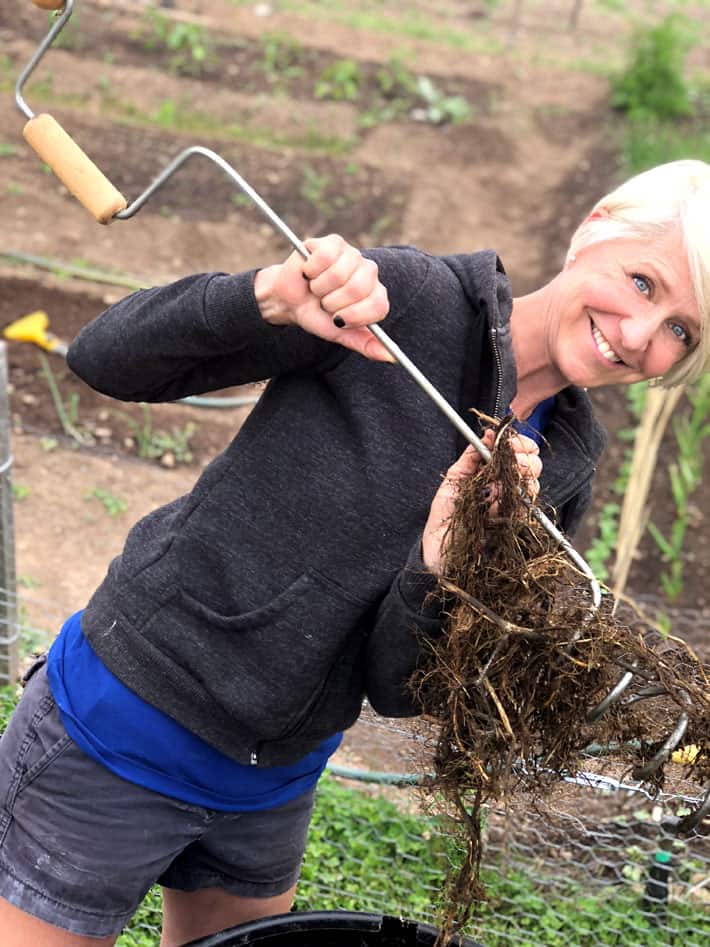 This type of aerator is a large, rotating drum with spikes on the inside. To use it, you simply place the drum on top of the compost pile and turn it, which will help to mix and aerate the contents.
This type of aerator is a large, rotating drum with spikes on the inside. To use it, you simply place the drum on top of the compost pile and turn it, which will help to mix and aerate the contents.Compost Aerator Spikes
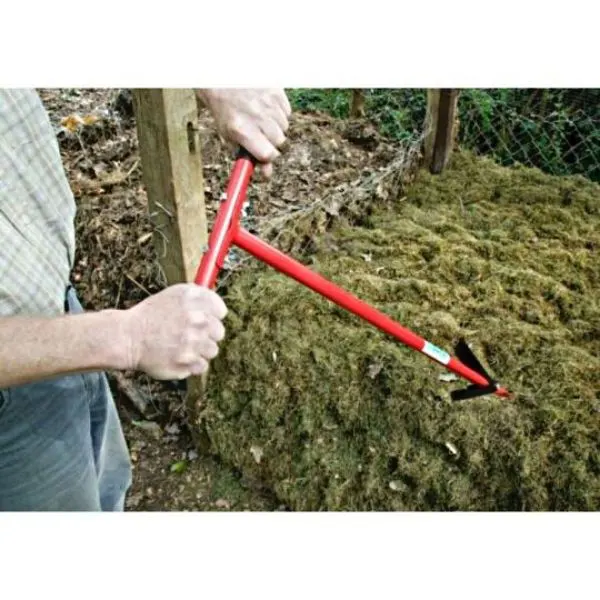 These are small, metal spikes that you can insert into the compost pile to help aerate it. They are a good option if you don't want to use a larger aerator.
These are small, metal spikes that you can insert into the compost pile to help aerate it. They are a good option if you don't want to use a larger aerator.Compost Aerator Tubes
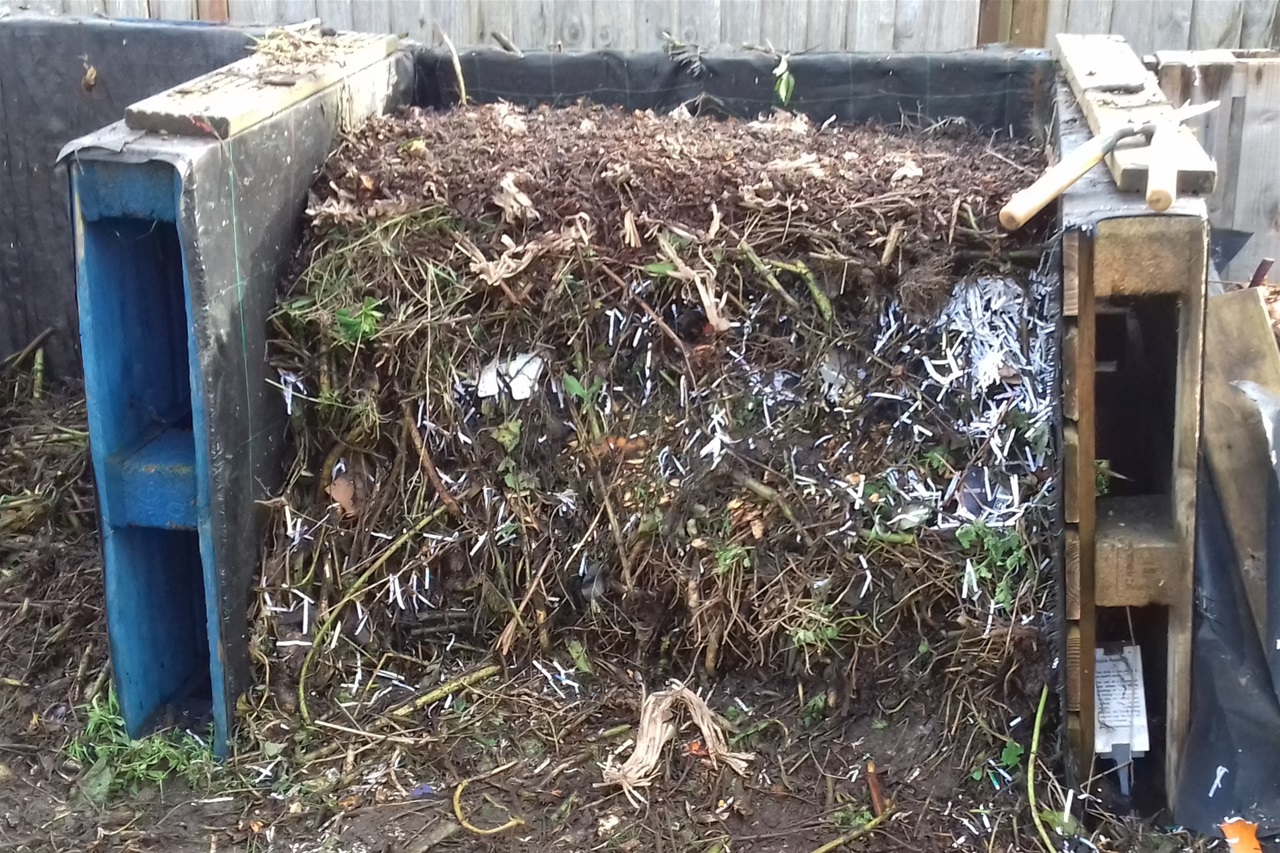 These are long, plastic tubes that you can insert into the compost pile to help aerate it. They are a good option if you want to aerate a large pile of compost.
These are long, plastic tubes that you can insert into the compost pile to help aerate it. They are a good option if you want to aerate a large pile of compost.Compost Aerator Shoes
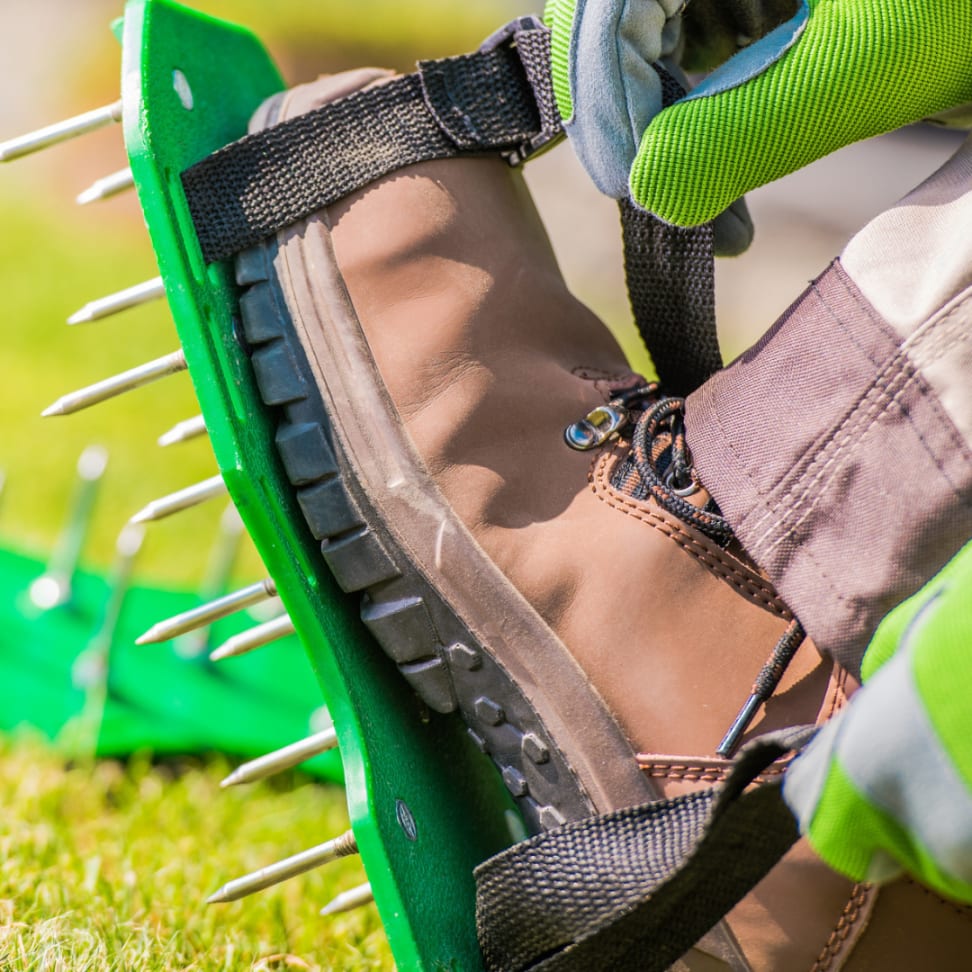 These are shoes with spikes on the bottom that you can wear to help aerate your compost pile as you walk on it. They are a good option if you don't want to use a separate aerator.
These are shoes with spikes on the bottom that you can wear to help aerate your compost pile as you walk on it. They are a good option if you don't want to use a separate aerator.Compost Aerator Roller
 This is a large, rolling drum with spikes on the outside. To use it, you simply roll it over the compost pile, which will help to mix and aerate the contents.
This is a large, rolling drum with spikes on the outside. To use it, you simply roll it over the compost pile, which will help to mix and aerate the contents.Compost Aerator Rake
 This is a rake with long, metal tines. To use it, you simply rake the compost pile, which will help to mix and aerate the contents.
This is a rake with long, metal tines. To use it, you simply rake the compost pile, which will help to mix and aerate the contents.Compost Aerator Disc
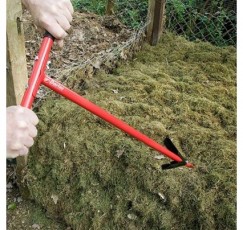 This is a round, metal disc with spikes on the bottom. To use it, you simply place the disc on the compost pile and rotate it, which will help to mix and aerate the contents.
This is a round, metal disc with spikes on the bottom. To use it, you simply place the disc on the compost pile and rotate it, which will help to mix and aerate the contents.Compost Aerator Electric
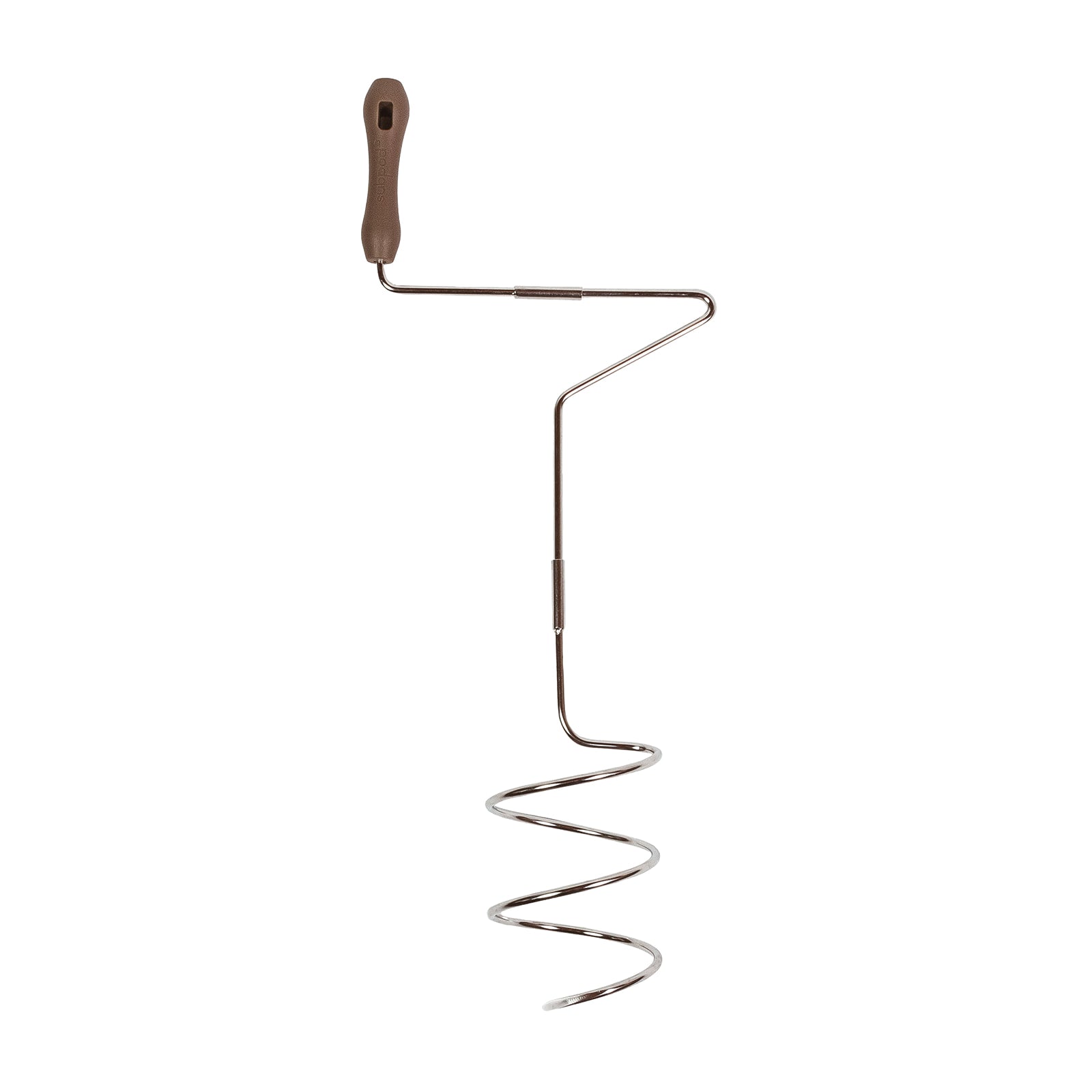 This is a powered aerator that uses a motor to mix and aerate the compost pile. It is a good option if you have a large compost pile or if you don't want to do the aeration manually.
This is a powered aerator that uses a motor to mix and aerate the compost pile. It is a good option if you have a large compost pile or if you don't want to do the aeration manually.
Post a Comment for "Compost Aerator: The Secret To Speeding Up Your Compost Pile"